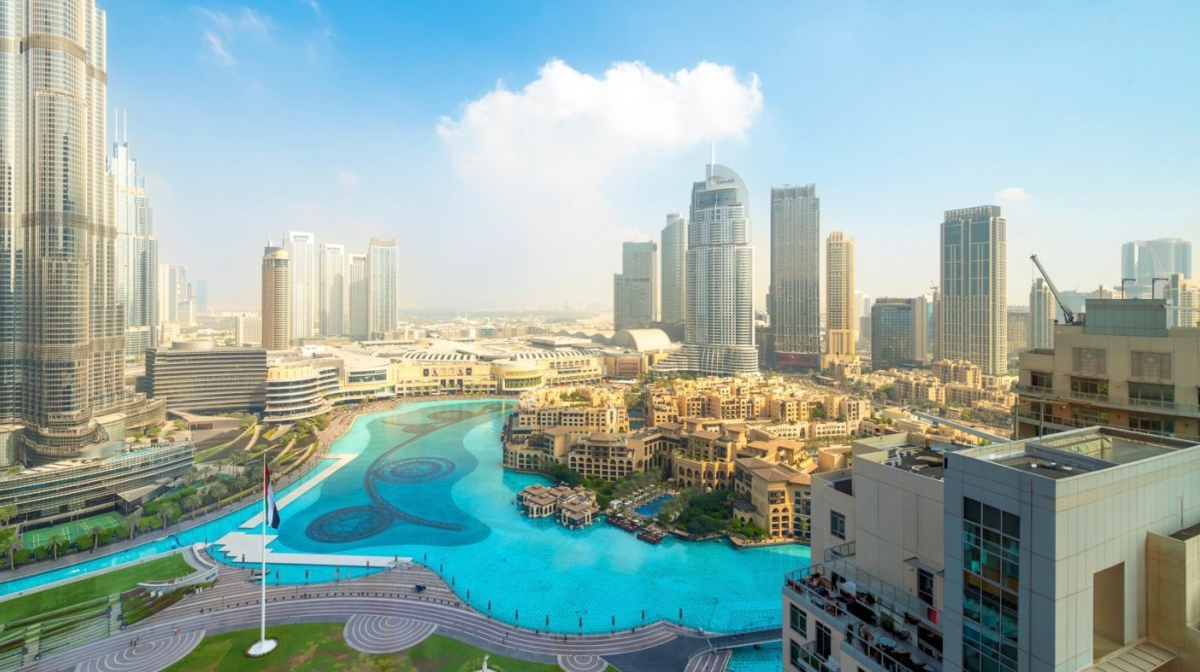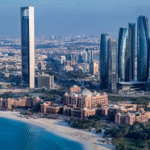Now Reading: Dubai Unveils 3D Printed Buildings—Future of Housing Is Here!
-
01
Dubai Unveils 3D Printed Buildings—Future of Housing Is Here!
Dubai Unveils 3D Printed Buildings—Future of Housing Is Here!
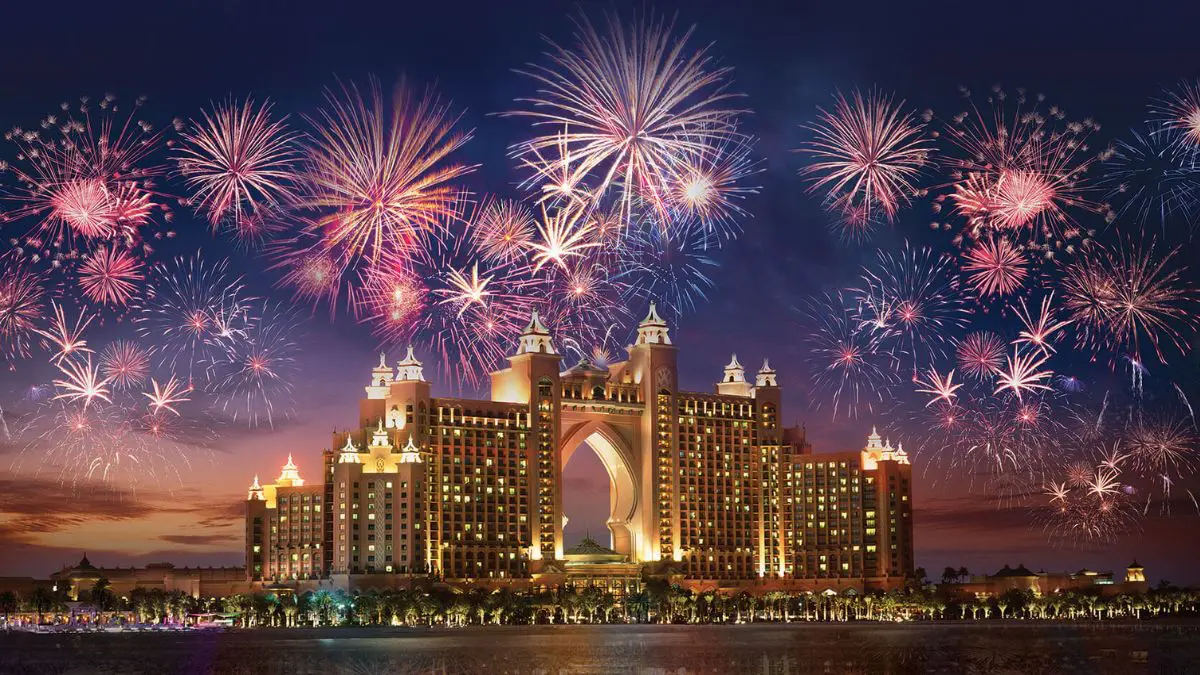
Dubai, known for its skyline filled with architectural wonders, is now making headlines again—but this time, not for building the tallest tower. Instead, the city is leading the charge in a different kind of construction revolution: 3D printed buildings.
From offices to homes and even large-scale commercial spaces, 3D printing in construction is fast becoming a game-changer. It promises to reduce costs, cut construction time, and lower the environmental footprint—goals that align perfectly with Dubai’s Vision 2030 to become a hub for innovation and sustainability.
What Is 3D Printed Construction?
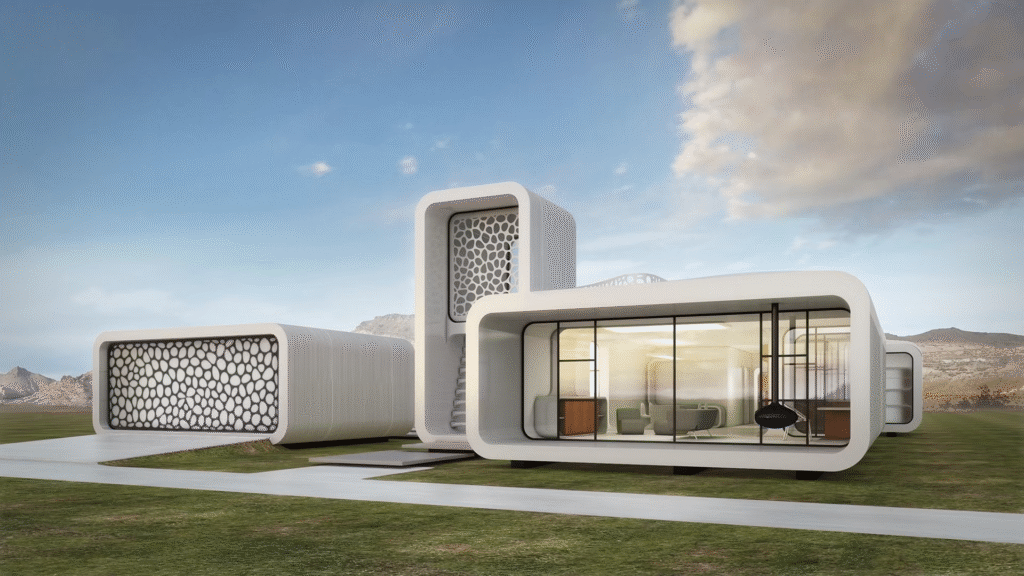
3D printed construction uses large-scale printers that can print layer by layer using special concrete or other construction materials. Unlike traditional construction, which requires manual labor, bricks, and cement, 3D printing uses a robotic arm and a printer controlled by software. This allows for more precision, less waste, and faster completion.
Think of it like your home printer—but much, much bigger and capable of printing walls instead of paper.
Dubai’s Big Move: The 3D Printing Strategy 2030
In 2016, His Highness Sheikh Mohammed bin Rashid Al Maktoum launched the Dubai 3D Printing Strategy, aiming to make 25% of all buildings in Dubai 3D printed by 2030. This bold vision was one of the first of its kind in the world.
The goal? To make Dubai a global leader in 3D printing across multiple sectors—construction, medical, and consumer products. The benefits are enormous: reduced labor, faster construction timelines, and less environmental harm.
So far, Dubai has already seen real results.
First in the World: Dubai’s 3D Printed Office
In 2016, Dubai made history by unveiling the world’s first 3D printed office—called the “Office of the Future.” Located near Emirates Towers, this fully functional office was printed in just 17 days and assembled on-site in two days.
Made with a special mix of cement and building materials from the U.S. and the UAE, the office was a proof-of-concept that showed the world: 3D printing is not a fantasy—it’s real, and it works.
World’s Tallest 3D Printed Building: A Dubai First
In 2019, Dubai added another world record by completing the tallest 3D printed building—a two-storey office space standing 9.5 meters tall and covering 640 square meters.
Constructed by the Dubai Municipality, the building used a 3D printer measuring 31 meters long, 20 meters wide, and 6 meters high. It used only three workers for the printing process, showing how labor costs can be cut by over 50%.
The building is not just a prototype. It is permitted, usable, and up to building code standards, making it a milestone in sustainable and smart construction.
Why Dubai Is Betting Big on 3D Printed Buildings
1. Faster and Cheaper
3D printing reduces construction time by up to 70% and labor costs by 50-80%, according to Dubai Municipality reports. It also slashes material waste and logistics costs.
2. More Sustainable
The construction sector is one of the world’s biggest polluters. 3D printed buildings generate less waste and often use recyclable or reusable materials.
3. Design Freedom
3D printers can create complex architectural shapes that are hard or expensive to build using traditional methods. This allows for creative freedom without raising costs.
4. Affordable Housing
Dubai aims to use this technology to address housing challenges, offering low-cost homes without compromising on safety or aesthetics.
Key Players Driving 3D Printing in Dubai
Several organizations and companies are making this revolution possible:
- Dubai Municipality – Leading regulatory and execution partner for many pilot projects.
- Apis Cor – A U.S.-based company involved in construction-scale 3D printing.
- ACCIONA – A Spanish firm that helped build 3D printed bus stops in the UAE.
- Wasps and COBOD – Tech firms exploring eco-friendly 3D printed homes.
In the private sector, developers are now planning residential buildings and even small neighborhoods using 3D printing to meet sustainability goals and reduce construction costs.
Challenges Still Remain
While progress is impressive, challenges include:
- Material limitations: Not all concrete mixes are suitable for 3D printing.
- Regulations: Building codes need constant updates to adapt to this new tech.
- Skilled labor: Operating and maintaining 3D printers requires special training.
- Cost of machinery: Large-scale 3D printers are still expensive to purchase and run.
However, as technology improves and adoption grows, these challenges are expected to fade over the next few years.
What’s Next? A Fully 3D Printed Neighborhood?
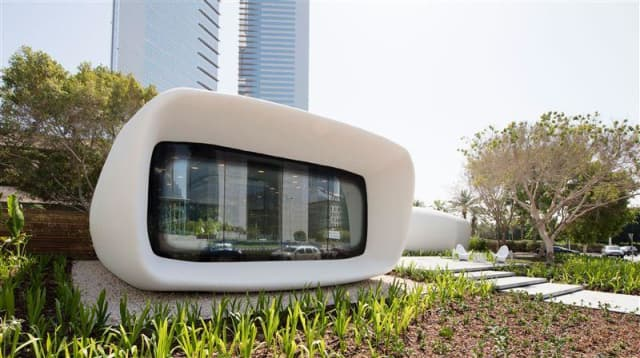
Dubai is already eyeing residential applications. The next step is a pilot neighborhood of fully 3D printed homes, possibly launched in partnership with developers under the government’s smart city and green building initiatives.
If successful, these homes could change the way real estate works in the UAE, making affordable, sustainable housing accessible to more people—while also creating export opportunities for Dubai’s construction technology.
Final Thoughts
Dubai has always been a city that dreams big—and delivers. From artificial islands to sky-piercing towers, the city now seeks to print the future—one building at a time.
By 2030, when one in four buildings is 3D printed, Dubai could become a global capital of smart construction, setting a blueprint for other cities to follow.
Read More:- Shobha Realty Launches Its Most Luxurious Project Yet—Full Details Inside 2025



